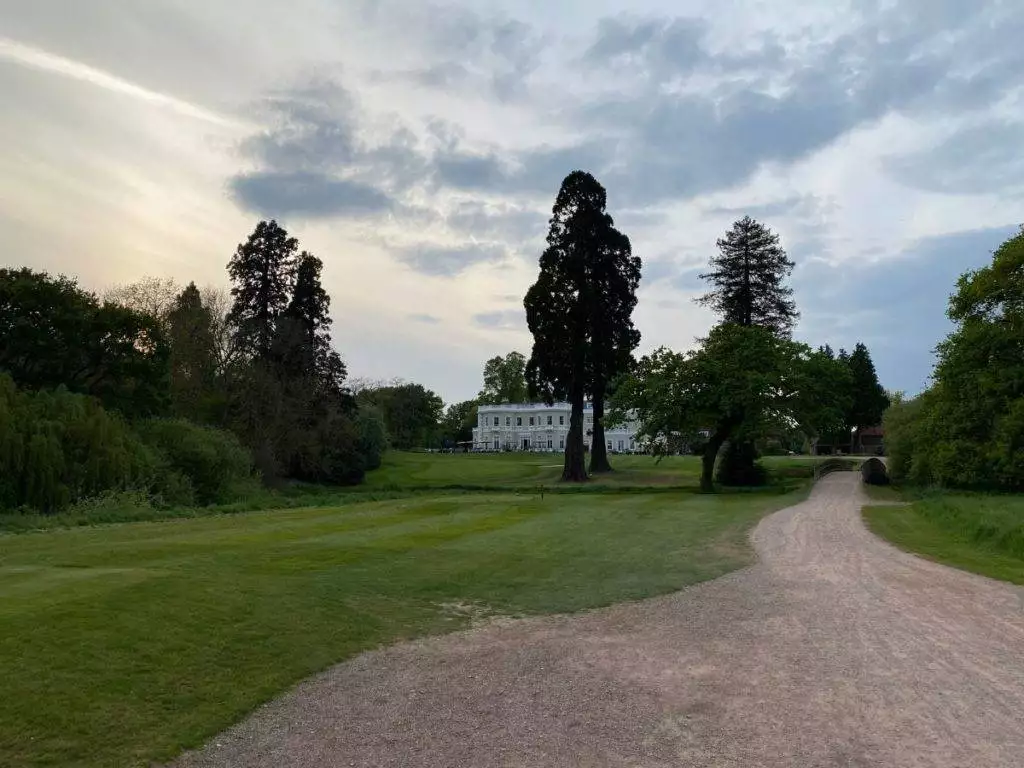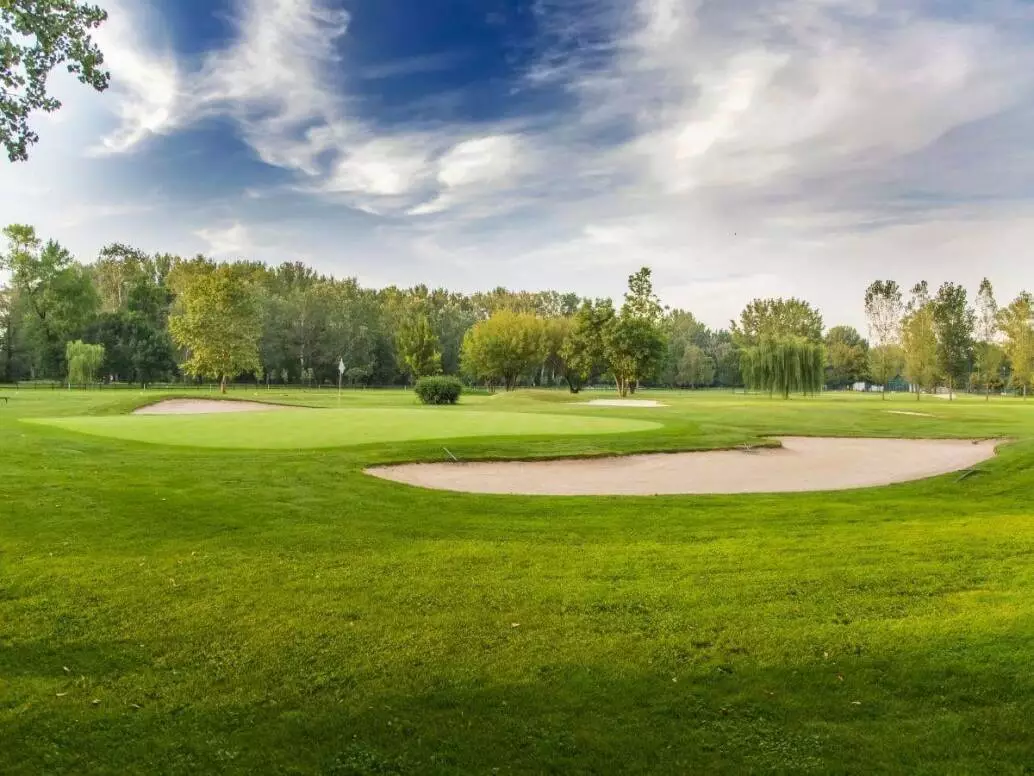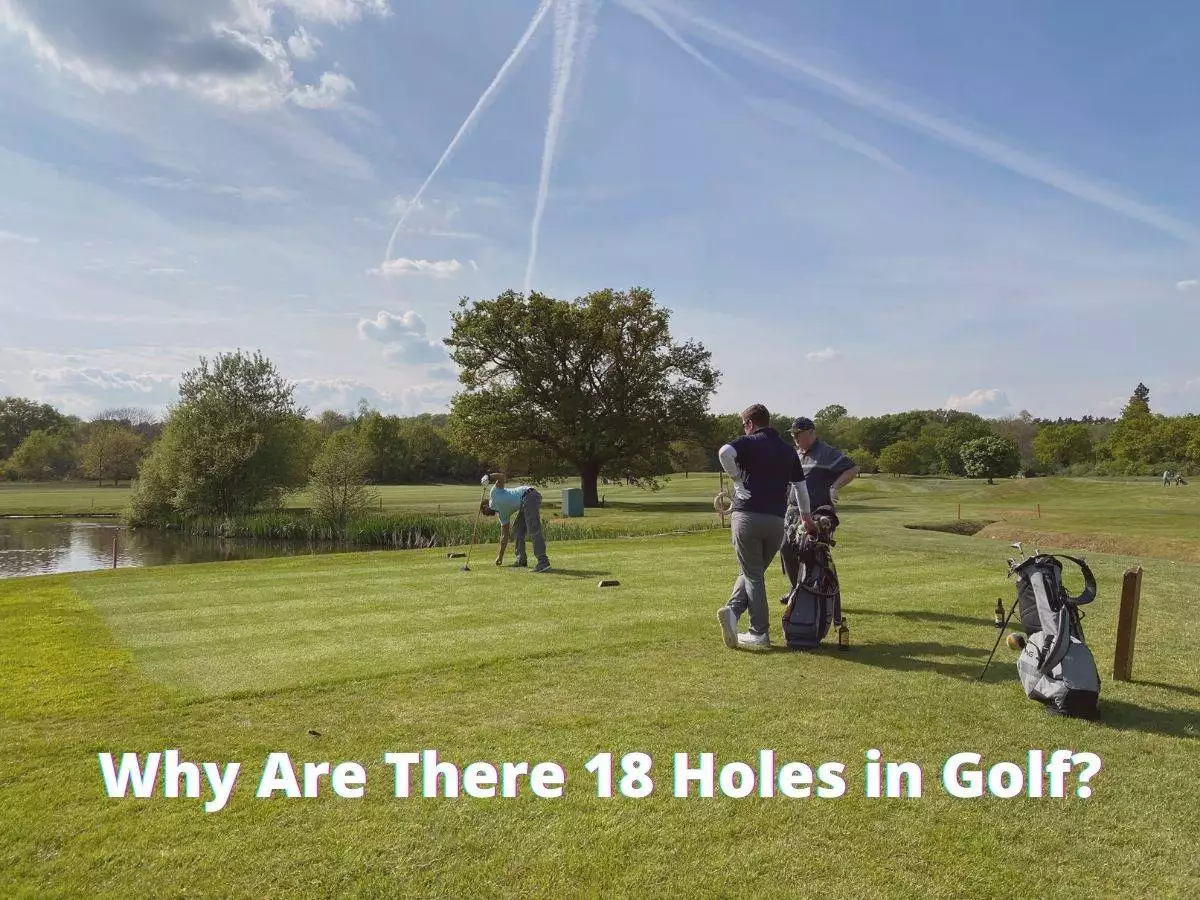That there are eighteen holes in a round of golf is as much an article of faith today as there being one ball in a game of football.
And yet it wasn’t always so. And what is more, there is no technical reason why golfers should be required to play 18 holes as opposed to say five, or ten holes, or indeed any other number of holes.
It is simply one of those things which is because it is, having become established by history and by tradition. And, as always, there is a story to be told.
It Has Nothing To Do With Whisky
But first of all, it is necessary to dispel a rumor. Golf is a sport that originated in Scotland, and the Scots being proud purveyors of some of the world’s finest whisky (yes, this is how they spell it), it is perhaps understandable that some might imagine there to be a connection between the two.
Especially when one considers that a standard-sized bottle of Scotch whisky is made up of precisely eighteen shots.
Alas, it is but a fallacy. How many holes there are on a standard golf course is not in any way determined by the number of measures contained in a bottle of Scotch. It is but a coincidence, there are no links between whisky and golf save for their land of origin.
The Ancient Origins of Golf

Something akin to golf, devoid of course of all its attendant rules and regulations, has been played since the time of the Romans. But the sport as we know it today (well, kind of) was first played at the famous Old Course at St.
Andrews at least as long ago as 1552. However at this early stage there was no stipulation as to the required number of holes, and games would be played at early golf courses over eight holes, or indeed twenty or any other number.
At the St. Andrews Old Course itself there were only twelve holes, ten of which would be played twice, once in either direction, to make a total of twenty-two. The remaining two holes would only be played once apiece.
The other thing to note about some of the early courses is that holes were not always played in a defined sequence. At many courses which hole was played at which point was left to the discretion of the golfer.
Examples From Other Courses

Irregular patterns of play were by no means the sole preserve of St. Andrews Old Course either. As late as 1744 Leith Links had only five holes. Montrose Links had seven holes in 1810, increasing steadily by increments until 1866, when it had no fewer than twenty-five.
Blackheath had five holes until 1844, and Bruntsfield also had five before expanding to six holes in 1818. And Musselburgh Old Course had seven for many years, increasing to nine holes by 1870.
Like many sports, golf began in a slightly anarchic, haphazard way and only became more organized with new rules as its popularity increased. Before this happened many golf courses were in truth little more than short holes and putting greens.
The Origins of 18 Hole Golf
It was in 1764 that the first four holes at St. Andrews Old Course were combined into two holes, and that was the point at which a round of golf at “the home of golf” formally adopted the modern, 18 hole course as standard. Needless to say, where St. Andrews led, other courses copied and before long the 18 hole round became the accepted universal format played today.
in 1860 St. Andrews played host to the first ever British Open tournament, the oldest golfing event held today.
Officially, 18 holes still did not become the universal standard until the early 1900s. But the rules of the Royal and Ancient Golf Club at St. Andrews issued in 1758 decreed that one round of golf would be considered to have taken place over 18 holes. Inevitably, the golf world followed the lead given by this grand old father of golf courses.
The Nine Hole Golf Course

Notwithstanding the fact that 18 holes has become the standard size for a regulation golf course anywhere in the world, there are many nine hole courses to be found. This is simply a half-sized golf course which allows for shorter games, practice rounds and suchlike. It is of course possible to complete 18 holes at a venue with nine holes through the simple expedient of going around twice.
Some of these courses are in fact more modest, “pitch and putt” type venues which have some appeal to newcomers to the sport, bridging the gap as they do between the putting green and the full-on 18 hole golf course.
When space is at a premium it may benefit a golf club to operate a more compact, nine hole course. They tend to be particularly common in built-up towns and popular resorts.
Golf in the Fast Lane
Golf is supposed to be a relaxing, if still energetic pastime. Nevertheless, we live in a world these days in which there is so much pressure, and demands upon our valuable time.
Inevitably this has created some impetus for the notion of the smaller, faster golf course – possibly using fewer or short holes. Courses with twelve or even six holes are beginning to appear now.
As with many other sports, expediency will always rear its head in the face of tradition.
18 Holes is Still the Norm

It’s important to note that these are still very much the exception. 18 holes is still the standard for the overwhelming majority of golf courses, and is considered a regulation round.
This said, according to Rule 1.1 of the rules of golf as defined by the R&A, “Golf is played in a round of 18 (or fewer) holes on a course by striking a ball with a club”. Crucially, although this would appear to exclude larger courses it does seem to make provision for smaller ones.
With tradition still being sacrosanct for so many clubs and individual golfers, it is likely that any changes will appear gradually, and incrementally. Most golfers still aspire to play over a full 18 holes.
The Pressures of Land Value
One factor which may yet force the hand of the traditionalists is the value of land in this day and age. Any patch of space which has the capacity to be built upon is considered fair game in the relentless quest for property dollars, and golf courses are likely to find themselves increasingly under pressure to sell up and make their huge expanses of land available, in whole or in part, to the developers.
An option that will inevitably arise will be that of selling of part of the land, possibly in exchange for some inducement that could involve enhancing the remainder. Most golf courses are established in places where land values are likely to be substantial. Indeed, having a high-end golf course in the neighbourhood is liable to enhance property values and so allowing at least part of the venue to remain in situ may be considered desirable by the developer.
Pressures to sell land – with both push and pull factors weighing heavily – is likely to lead at least to some loss of recreational space for enjoying golf. Allowing for the retention of smaller courses, with fewer holes, would appear to create a compromise solution which clubs, especially those who may be strapped for cash, may consider attractive.






